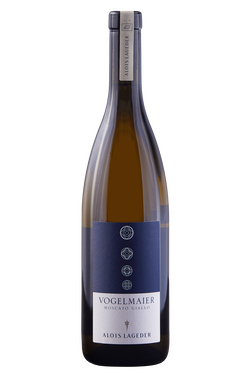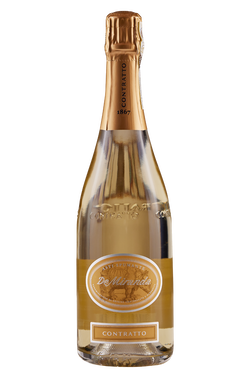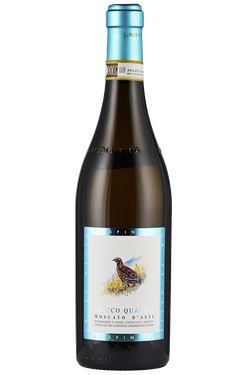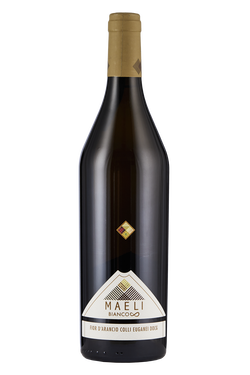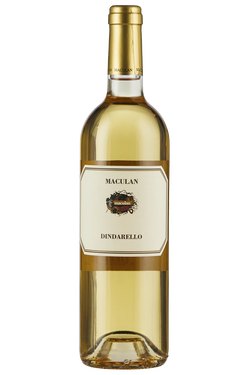- Wines >
- White wines >
- Moscato
THE HISTORY AND QUALITIES OF MOSCATO BIANCO
Moscato Bianco is one of the most ancient varieties in the world. Evidence confirms its presence in the times of the ancient Greeks and Romans, but the most recent ampelographic studies suggest that it is one of the first grapes cultivated by man, a sort of ancestor of all the varieties we know today. The first written sources regarding its diffusion in Piedmont, its favourite habitat, date back to the 14th century, and are linked to the Canelli area, where some documents have been found that expressly mention ‘Muscatellum vinum’. Wines produced from Moscato Bianco grapes show a straw yellow colour, sometimes with golden reflections; and a vibrant nose of floral and rich fruity notes, with touches of dried fruit. Its most distinctive aromas are musk, peach and sage, but there are also hints of honey, wisteria and citrus fruits. On the palate this translates into a close-knit, light, elegant wine with good acidity and slight mineral hints.
PRODUCTION AREAS
Moscato Bianco is an aromatic variety grown widely throughout Italy, as is evident from its inclusion in the production protocol of over 80 designations, from Valle d’Aosta to Sicily. It is Italy’s fourth most important white grape variety in terms of vineyard plantings, and goes by various regional names, including Moscadello di Montalcino, Moscato di Canelli, Moscato di Trani, Moscato di Siracusa, and Moscato di Sorso Sennori. In Piedmont, Moscato Bianco is the most cultivated variety, with the highest concentration in the provinces of Asti, Cuneo and Alessandria, where two of its best known and most exported wines are produced. Thanks to its night-time temperature ranges, which favour vibrant acidic and mineral notes, Trentino-Alto Adige produces excellent examples of dry Moscato Bianco. In terms of sweet wines, we should mention Moscato di Trani, produced in Puglia from late-harvest grapes. This dense, very sweet, spicy wine, which also undergoes barrel ageing, is softened by floral and musky aromas.
THE MOSCATO BIANCO VARIETY
The Moscato Bianco variety prefers dry limestone soils with little clay, such as those of the Langhe and Monferrato. It is resistant to cold and drought, and loves breezy areas where humidity is low. It gives good yields and, when ripe, is characterised by a high sugar content, making it ideal for the production of natural sweet wines. It belongs to the large family of moscato varieties, whose name derives from “muscum” - musk, due to the grape’s characteristic aroma. Moscato Bianco is a very versatile variety, and is vinified in three main types: dry, aromatic, refreshing, drinkable wines; semi-sparkling sweet wines; and, lastly, raisin wines. But it is best known in the sweet versions. These wines should be served and drunk cold, at a temperature of 8-10 °C in large glasses, to allow the aromas to be released and inebriate the nose.
FOOD PAIRINGS
Moscato Bianco is suited to a wide range of food pairings. For example, the flavour and freshness of the dry versions make it an ideal partner for Asian dishes based on fish, shellfish or white meats. Moscato d'Asti, thanks to its delicate aromatic scents and low ABV, is the perfect companion for a brunch or fruit tarts, while the sweetness of an Asti Spumante makes it particularly suitable as an aperitif, or to accompany spicy foods like Thai crab curry or spicy Cajun-style chicken wings. The delicate sweetness of these wines can also elegantly contrast the rich, strong flavour of blue cheeses or goose liver. Lastly, white dessert wines, whether raisin wines or liqueur wines, pair well with a great variety of desserts: from crème caramel and panettone to chocolate cakes and desserts based on pistachios or hazelnuts and pancakes.




